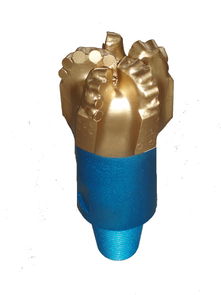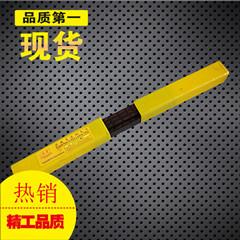
Bits for Drywall: A Comprehensive Guide
When it comes to drywall installation, the right tools can make all the difference. Bits are an essential component of this process, and understanding their various types and uses can greatly enhance your efficiency and the quality of your work. In this article, we will delve into the world of drywall bits, exploring their different types, features, and applications.
Types of Drywall Bits

There are several types of drywall bits available on the market, each designed for specific tasks. Here are some of the most common ones:
| Bit Type | Description |
|---|---|
| Spade Bit | Used for making large holes in drywall, typically for electrical boxes or plumbing fixtures. |
| Auger Bit | Similar to a spade bit, but with a pointed tip for easier penetration into the material. |
| Brad Point Bit | Features a small, pointed tip that helps prevent the bit from wandering off course while drilling. |
| Forstner Bit | Used for creating clean, flat-bottomed holes for wood screws or lag bolts. |
| Counterbore Bit | Combines the features of a spade bit and a countersink bit, allowing for the creation of holes with a countersunk edge. |
Each type of bit has its own advantages and is suitable for different applications. It’s important to choose the right bit for the job to ensure a smooth and efficient installation.
Features to Consider

When selecting a drywall bit, there are several features to consider that can impact the quality and ease of your work:
- Material: Bits are typically made from high-speed steel (HSS), cobalt steel, or carbide. HSS bits are the most common and cost-effective, while cobalt steel bits offer increased durability and heat resistance. Carbide bits are the most durable and can handle the toughest materials, but they are also the most expensive.
- Coating: Some bits are coated with materials like titanium or Tungsten carbide, which can improve their durability and reduce friction, resulting in longer tool life.
- Shank Type: Bits come in different shank types, such as straight shank, hex shank, and SDS-plus. The shank type you choose will depend on the drill you are using.
- Flutes: The number and design of the flutes on a bit can affect its performance. More flutes can help with chip removal and reduce friction, but they may also increase the bit’s weight and reduce its speed.
By considering these features, you can select a drywall bit that is best suited for your specific needs and preferences.
Applications

Drywall bits are used in a variety of applications, including:
- Electrical Work: Installing electrical boxes, outlets, and switches.
- Plumbing Work: Installing plumbing fixtures, such as faucets and showerheads.
- Decorative Trim: Creating holes for mounting decorative trim, such as crown molding or baseboards.
- Mounting Hardware: Installing brackets, hangers, and other mounting hardware.
Understanding the different applications of drywall bits can help you choose the right tool for the job and ensure a successful installation.
Choosing the Right Drill
In addition to selecting the appropriate drywall bit, it’s important to choose the right drill for the job. Here are some factors to consider:
- Power: A drill with sufficient power can handle tougher materials and larger bits, making the job easier and more efficient.
- Speed: A variable-speed drill allows







